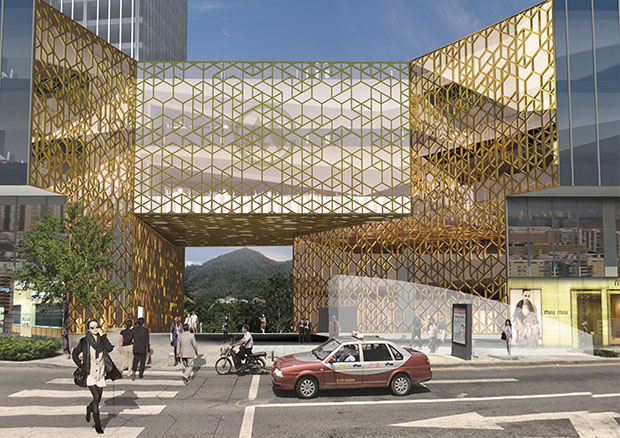
OMA architects talk about their Prince Plaza project
OMA's David Gianotten and Bauke Albada tell us why the future for architecture in China might just be local
London’s docklands served centuries of water traffic before its warehouses and docks were redeveloped into loft apartments and office blocks. In the Chinese city of Shenzhen, the turnaround time port to penthouse has shortened to just four decades.
Rem Koolhaus’s Office for Metropolitan Architecture (OMA) is helping to oversee this shift, with the redevelopment of the city’s Shekou neighbourhood, which was first established as an industrial port in the 1970s.
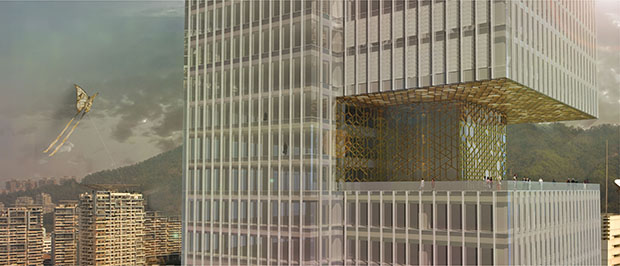
Despite the rapid speed of the change, OMA’s Managing Partner-Architect, David Gianotten, and Bauke Albada, the Project Architect on this development, say its Prince Plaza, currently under construction, will not be another anonymous central business district, but instead, a unique and thoughtfully concieved area, with a juxtaposition of old industrial buildings converted into offices for creative industries, and new shopping malls and international offices.
Read on to hear how they’ve seen China alter, why the locals now favour quality, not quantity, and what the East Asian downturn is doing to innovative construction.
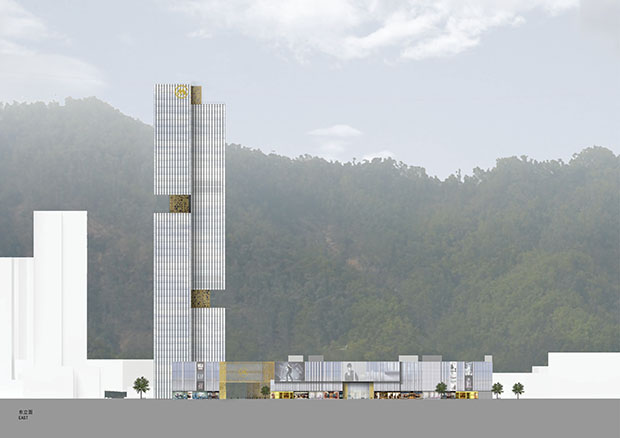
Shenzhen was the first place where the free market was really allowed to run wild in China. How has this informed the way the city has developed? How is it maturing? How does Prince Plaza fit into this? We are not constant eyewitnesses of the 35 years of development of Shenzhen. But what we did see, study and analyze is that the growth is phenomenal and areas like the Futian CBD [central business district], where we designed and constructed the stock exchange, is being built in about 15 years. Buildings are designed and realized without an actual urban context. Despite this, there is a clear planning framework in which buildings and infrastructure are starting to successfully co-exist.
The area around Prince Plaza is rather different by the fact that it is relatively old and has therefore developed more gradually. It has a more dynamic urban context compared to other places in Shenzhen. Prince Plaza is based on this context, which informed the building’s massing, views, and traffic flows.
The surrounding Pearl River Delta must also have changed hugely, even during your brief time in China. What has gone well there? What can more mature cities learn from this boom town? What hasn’t worked? The infrastructure network, with its high-speed trains and metro network, is becoming a strong and vital part of the Pearl River Delta. Buildings and building complexes are gaining in quality. As a result, standards of living have increased significantly. The new generation of buildings sometimes shows less conventional typologies and more innovation.
With the massive development of the Pearl River Delta comes the decrease of historical vernacular. Without a historical context and with generic developments there will be a sense of architectural detachment. With our buildings, such as Prince Plaza, we aim to anchor our projects into in context and develop site appropriate solutions.
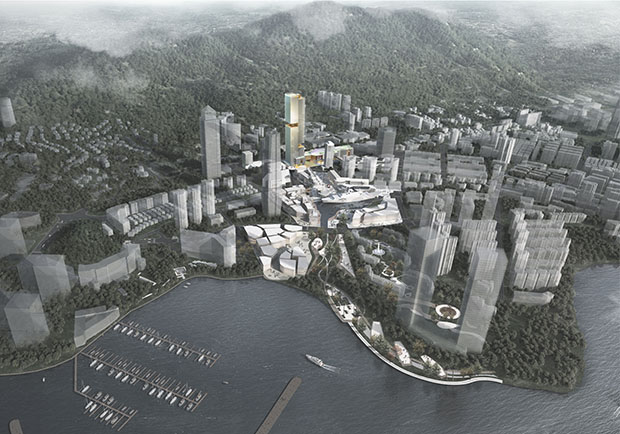
How has the Chinese slowdown affected the region, and buildings more generally? The activity in the region is quieter. Yet for us projects keep coming and there is a stronger sense of getting better quality buildings. Instead of choosing the usual predictable standard solutions, there is now a stronger focus on innovation and higher quality projects. This is where OMA fits in very well.
What are you working on right now? We will work on Prince Plaza until its completion in 2018. In Asia, the Shanghai LuJiaZui Exhibition Center is expected to be completed soon and the Taipei Performing Arts Centre will be ready later in 2016. We also have Timmerhuis, a new city hall building for Rotterdam that integrates municipal services, offices, and residential units, opening this December.
What is the future of architecture in China? While the early 2000s was marked by foreign architects coming into China, the past few years have shown great confidence in local practitioners, who are also gaining international recon ignition. Take for example Ma Yansong, selected to build the Lucas Museum of Narrative Art in Chicago, or Wang Shu, who won the Pritzker Prize in 2012. Architecture in China won’t be as reliant on foreigners.
In terms of wider issues, while China is experiencing an economic slowdown, this is also giving time for projects to develop more coherently, instead of hastily being constructed. What is mattering more and more is not just to erect buildings and infrastructure in their own sake but also their quality, durability and potential for long-term use.
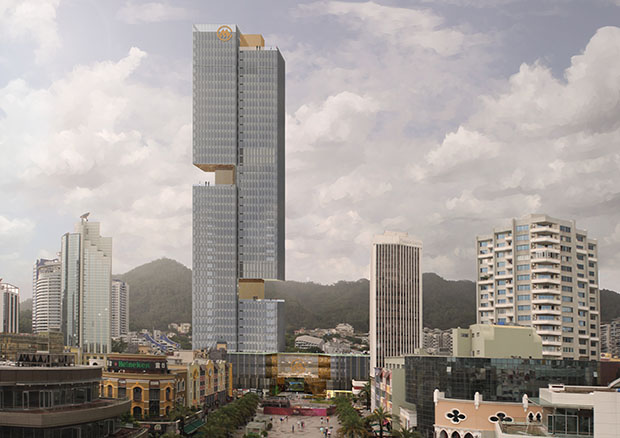
For greater insight into contemporary East Asian architecture projects on a smaller scale, consider Jutaku. For more on the future of urban life, get Living in The Endless City